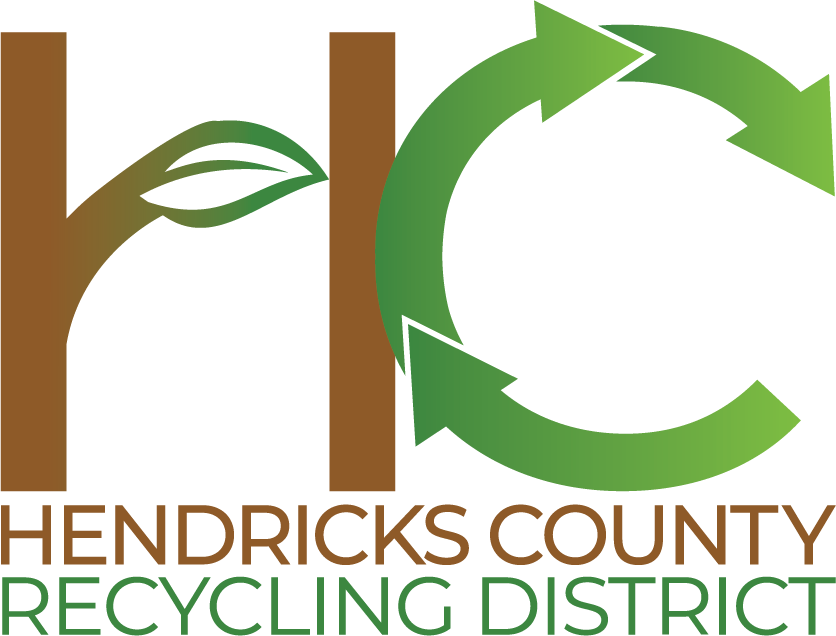Why Does It Matter?
You may have noticed, as you are walking along the sidewalk, the stenciled words or printed stickers right next to a storm drain that say, “Dump No Waste, Drains to Stream”. Although we should know by now that dumping things directly into a storm drain is a terrible idea, we often don’t think about dumping things away from the drain and upstream from the creek. Unfortunately, as rain water and snow melt carry waste downstream, even things that you dump in the ditch or backyard can become pollution in our nearby rivers, streams and even our groundwater. It reminds us of the song, “Excuse Me Sir, That’s My Aquifer!”
Household Hazardous Waste (HHW) littered in roadside ditches, poured out in fence rows or thrown in the holler can pose big problems for water quality. Cleaning products, used motor oil, antifreeze, paint products, pool chemicals, driveway sealer, pesticides, and the like need to be handled properly to avoid contaminating our precious waterways.
What Should You Do?
Unwanted or unneeded items in containers with “Caution”, “Warning”, “Danger”, or “Poison” labels on them are considered Household Hazardous Wastes. When it is time to get rid of these leftover materials, they need to be handled properly. Each year, the District sponsors four Tox-Away Days throughout the county where Household Hazardous Wastes and problem wastes are accepted for recycling and disposal.
Our next Tox-Away Day will be held on Saturday, October 5th from 8am-1pm at Plainfield Middle School (985 South Longfellow Drive). See the District’s website for a list of accepted materials and to learn the fees and limits for tires, appliances and electronics. Also, check out our new online directory that links residents with local recycling and disposal outlets for the materials they need to dispose of properly.
Dig Deeper.
Here are some other things to keep in mind related to HHW in your home:
· Look for non-hazardous or less hazardous alternatives to things like cleaning supplies, paint products, and gardening materials.
· Buy only what you need for the job at hand. Chances are, if you buy extra, you will have to store it and eventually find a disposal option for it.
· Safely store hazardous materials on high shelves in well-ventilated areas. Items with “Danger” or “Poison” labels should be stored in locked cabinets.
· If you find yourself with leftovers, ask a friend or neighbor if they can use the product. Keep it in its original container and properly labeled.
Next Edition…
Next month we’ll cover the basics of starting a new recycling program at your school, church or workplace. The steps are simple and the impact can be great!

